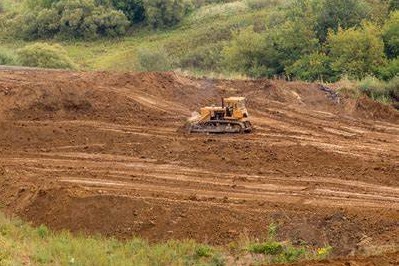Introduction:
Amidst growing concerns about climate change, deforestation, and environmental degradation, tree planting and afforestation have emerged as powerful tools for mitigating the impacts of human activities and promoting ecological renewal. By harnessing the regenerative power of nature, tree planting initiatives offer hope for a greener, more sustainable future. In this guide, we’ll explore the benefits of tree planting and afforestation, highlighting their role in biodiversity conservation, climate resilience, and sustainable development.
The Significance of Tree Planting:
- Carbon Sequestration: Trees absorb carbon dioxide from the atmosphere during photosynthesis, helping to mitigate climate change by reducing greenhouse gas emissions and atmospheric carbon levels.
- Biodiversity Conservation: Forests provide habitat for a diverse array of plant and animal species, supporting biodiversity and ecosystem resilience. Tree planting initiatives contribute to habitat restoration and species conservation efforts worldwide.
- Soil Health and Erosion Control: Tree roots stabilize soil, prevent erosion, and improve soil structure, reducing the risk of landslides, flooding, and sedimentation in waterways. Tree planting plays a crucial role in soil conservation and watershed management.
- Air and Water Quality: Trees act as natural filters, purifying the air by absorbing pollutants and releasing oxygen. Additionally, tree roots help filter and regulate water flow, improving water quality and reducing the risk of contamination.
Positive Impacts of Afforestation:
- Reforestation: Restoring degraded or deforested landscapes through afforestation initiatives helps replenish forests, enhance ecosystem services, and create valuable habitat for wildlife.
- Climate Resilience: Afforestation contributes to climate resilience by increasing the resilience of ecosystems to climate change impacts such as extreme weather events, droughts, and temperature fluctuations.
- Community Engagement: Tree planting and afforestation projects often involve local communities, providing opportunities for education, employment, and empowerment. Engaging communities in tree planting fosters a sense of ownership and stewardship of natural resources.
- Economic Opportunities: Afforestation projects can generate economic benefits through sustainable forestry practices, agroforestry initiatives, and the production of timber, non-timber forest products, and ecosystem services.
Making a Difference Through Tree Planting:
- Choose Native Species: Select native tree species adapted to the local climate and soil conditions to maximize survival rates and ecosystem compatibility.
- Support Restoration Efforts: Volunteer with local conservation organizations or participate in tree planting events to contribute to reforestation and restoration efforts in your community.
- Offset Carbon Footprint: Offset your carbon footprint by supporting tree planting initiatives or participating in carbon offset programs that fund afforestation and reforestation projects worldwide.
- Educate and Advocate: Raise awareness about the importance of tree planting and afforestation by sharing information, educating others, and advocating for policies that support reforestation and sustainable land management practices.
Conclusion:
Tree planting and afforestation hold immense potential for addressing pressing environmental challenges and fostering sustainable development worldwide. By recognizing the significance of these initiatives and taking action to support tree planting efforts, individuals, communities, and governments can contribute to a brighter, greener future for generations to come.





